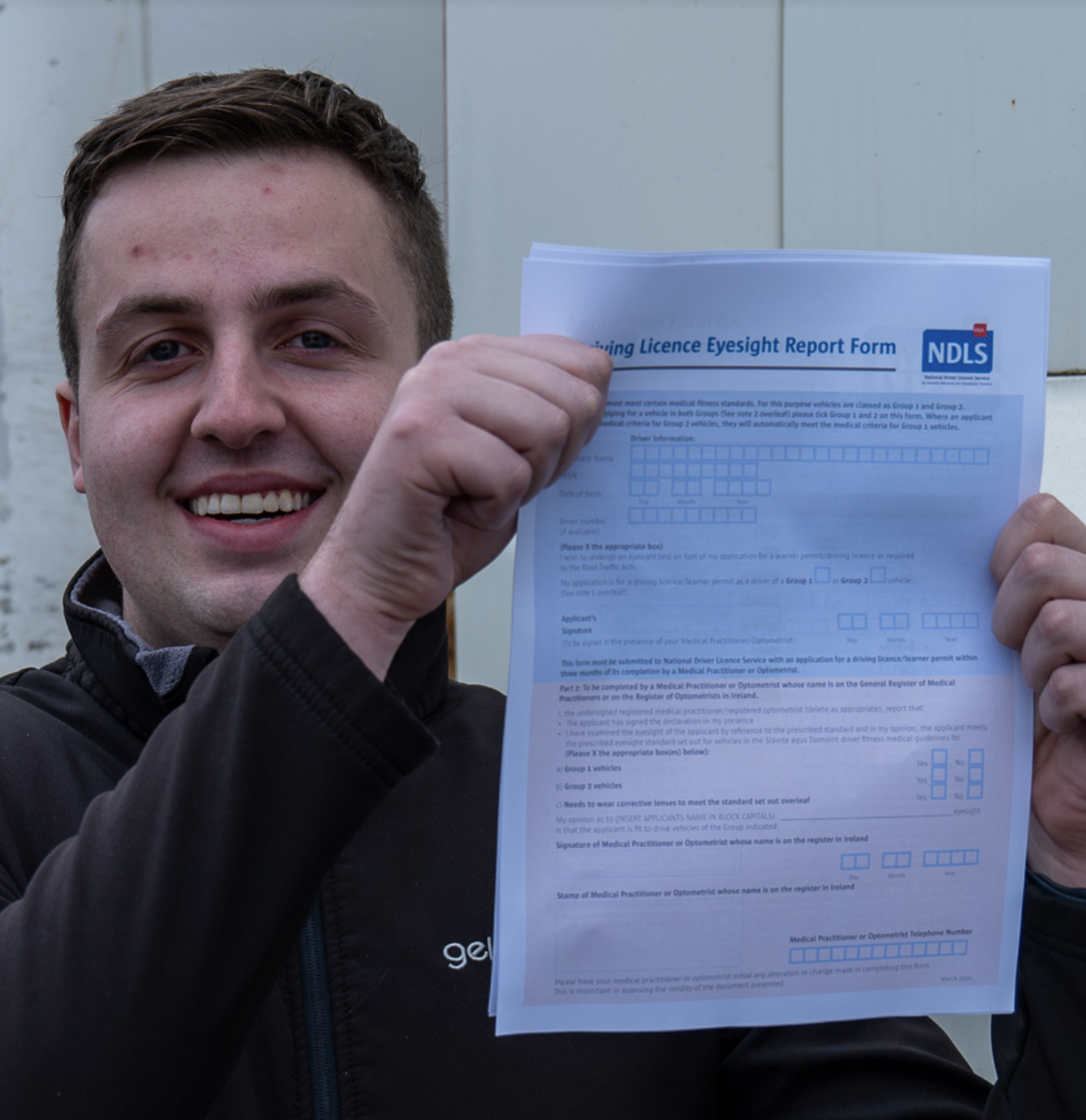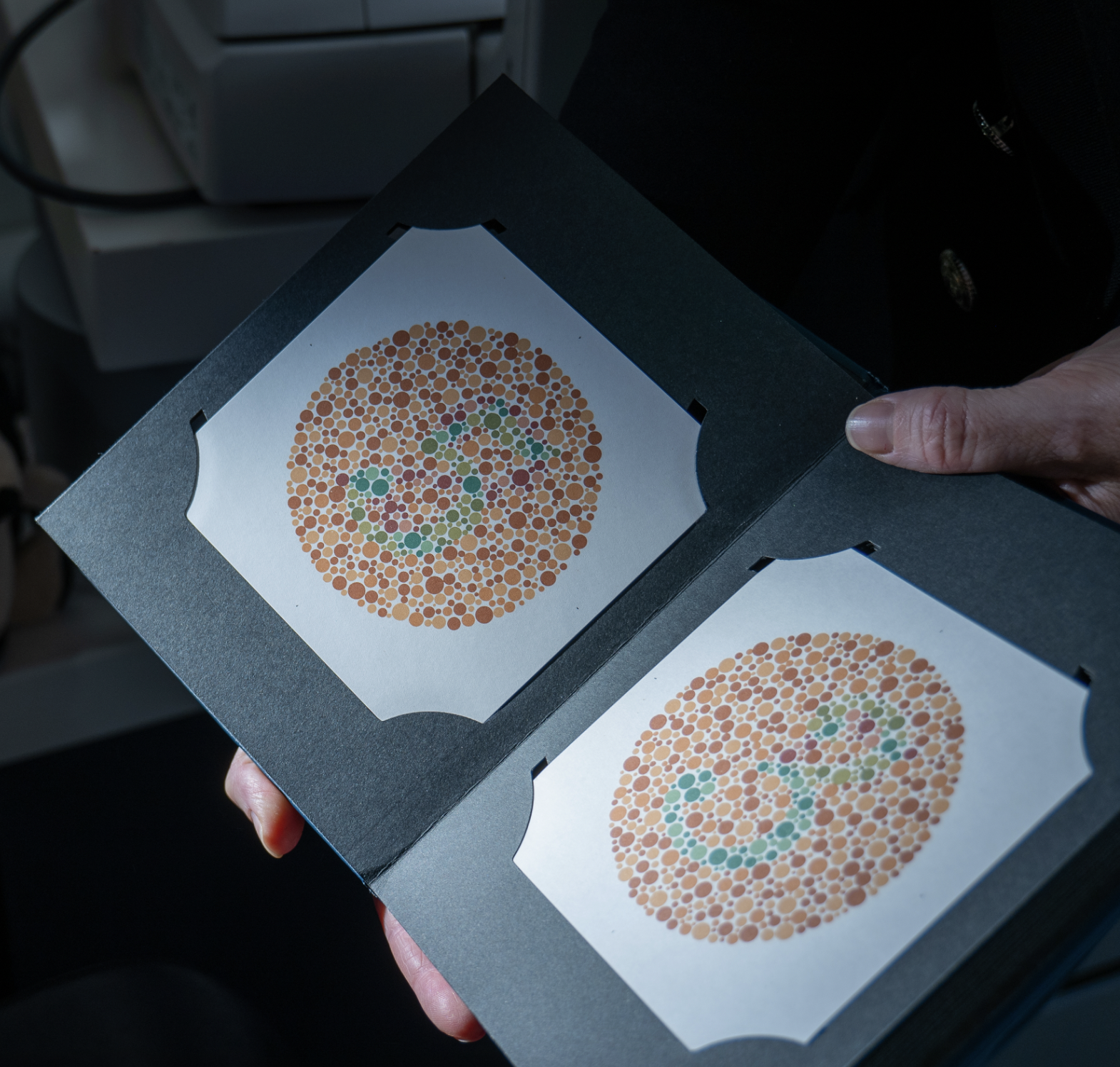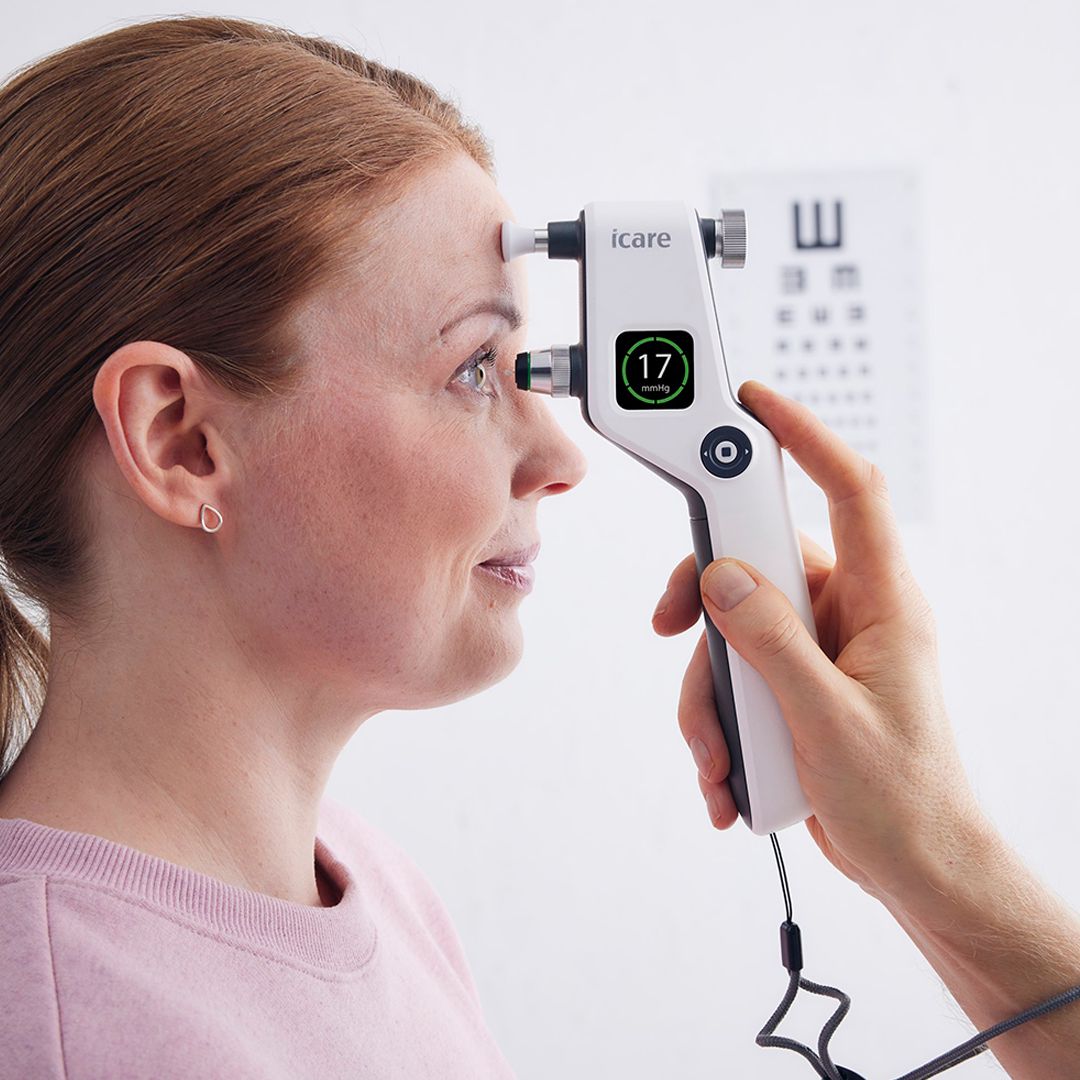
Driving Licence Eyesight Report (Group 1 & 2)
Applicants for the RSA NDLS Driving Licence will often require an Eyesight Report Form. Our optometrists have the required form on-site, and they can assess to see if a person meets the vision standards for Group 1, which is the category for motorbikes, cars, small trailers, and tractors. The fee for Group 1 assessments is €50* (*Feb.2024)
Group 2 is the category for vans, trucks, large trailers, and buses. Applicants will require a full eye examination and binocular visual field assessment, which we carry out using our Henson 8000 visual field analyser. The standard required for Group 2 is higher than Group 1, and requires a superior level of visual acuity. We can carry out these assessments when pre-booked. The assessment takes approximately 45 minutes. Our fee is €85* (*Feb.2024)






